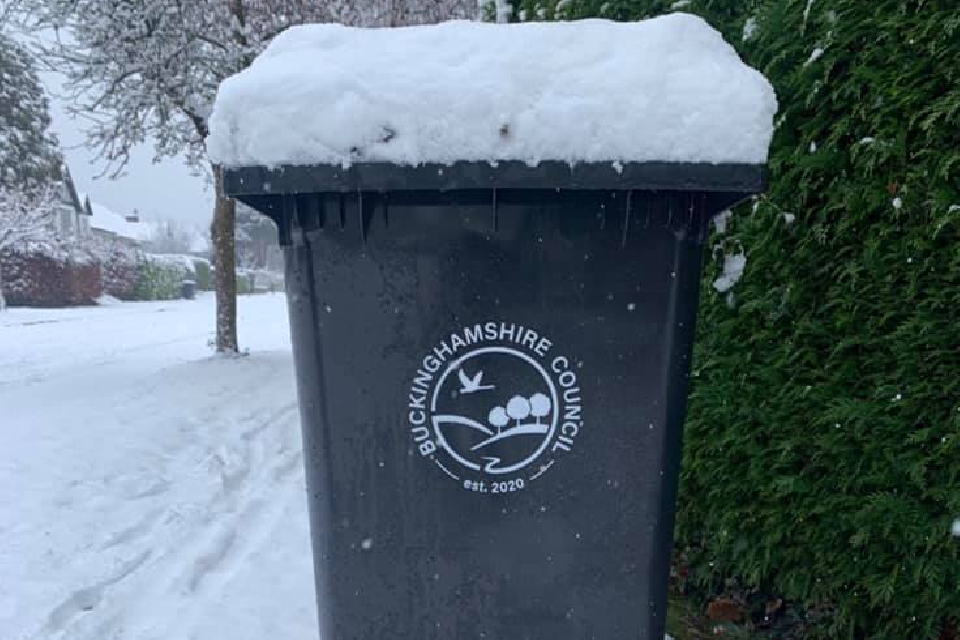Snow

Check to see which roads are gritted
This is from Bucks Council:
We will generally grit priority roads when road temperatures drop below 0.5 degrees Celsius. Our priority roads include:
- all A and B roads
- some C roads
- other roads
You should still take extra caution during icy conditions and still treat the network as if it were untreated.
Heavy snowfall
In the event of heavy snowfall, we may focus on the county's most strategic routes - around 22% of the overall network. This will continue as long as it snows during which time only some A and B roads will be gritted.
Once the snow has cleared, we will go back to the priority routes as soon as possible.
When we grit
We grit based on:
- weather forecasts
- road surface temperature and dampness
- air temperature and humidity
When we grit, we try to do so either before the ice has set or once the snow has settled.
Why roads may still be icy
This can be because:
- temperatures can fall after rain
- high winds or rain can take the salt off the road
- in weather below -8ºC, ice will still form
Cycleways and footpaths
We may also grit cycleways and footways in:
- main shopping areas
- other key pedestrian and cycle facilities
Gritting your own road
If your road is not included in our gritting route, you can request a salt bin.
Winter driving advice
Winter driving module
We offer an online learning module on winter driving.
Clearing snow
GOV.UK provide advice on how to clear snow from a road, path or cycleway.
For clearing public roads and pavements, the council provides salt bins.
Preparing for your journey
You may need to adapt the way you drive during the winter and be prepared for varied weather, road and traffic conditions.
- only travel when absolutely necessary
- allow more time for your journey
- slow down and leave increased space between you and the vehicle in front
- plan your journey
Listen to local radio and traffic reports, they can help with planning your journey.
Preparing your vehicle
Keep the following in the car:
- de-icing equipment
- torch
- warm clothes
- blanket
- spade
- food and drink
- high visibility jacket
- first aid kit
- hazard warning triangle
- mobile phone
- wellington boots
Make sure to check that:
- tyres are at the correct pressures
- tyres have sufficient tread
- vehicle lights are clean and working
- wiper blades are effective
- battery is in good condition and fully charged
- vehicle antifreeze is the right concentration (your garage can do this for you)
- windows and mirrors are clear of ice or condensation
- you have plenty of fuel
For further information on how to travel safely in winter, visit the RAC website.















